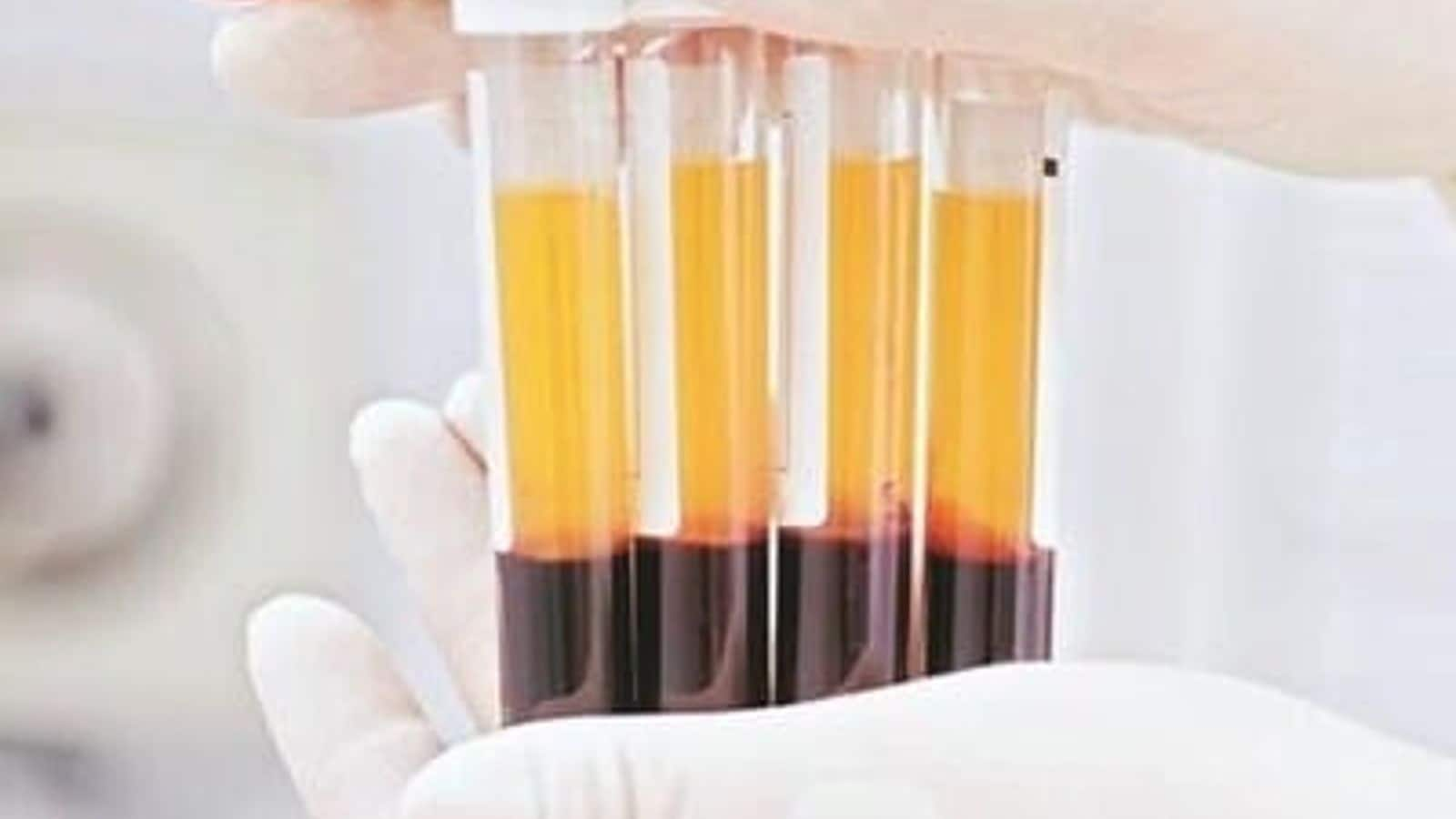
Final report on UK's infected blood scandal will release tomorrow
What's the story
The final report of the UK's infected blood scandal inquiry is scheduled for publication on Monday, marking nearly six years since the investigation commenced. The inquiry was launched to investigate how tens of thousands contracted HIV or from tainted blood transfusions and blood products during the 1970s and 1980s. This scandal is deemed the deadliest in Britain's National Health Service (NHS) history since its establishment in 1948. About 3,000 individuals have succumbed to complications from HIV and hepatitis infections.
Anticipation
Report expected to criticize key players in scandal
The report is predicted to criticize pharmaceutical companies, medical practitioners, civil servants, as well as politicians for their involvement in the scandal. However, many of those implicated have already passed away due to the passage of time. The findings are also likely to result in a significant compensation bill that the British government will be urged to pay promptly.
Advocacy
Campaigners' role in unearthing the scandal
Campaigners played a pivotal role in exposing the magnitude of this scandal. Jason Evans, who was four-year-old when his father died at 31 (in 1993) after contracting HIV and hepatitis from an infected blood plasma product, was key in urging then Prime Minister Theresa May to initiate the inquiry in 2017. "This whole scandal has blanketed my entire life," said Evans.
Victims
The scandal's impact on hemophiliacs and transfusion recipients
The infected blood scandal primarily affected individuals who required blood transfusions during the 1970s and 1980s, such as after childbirth or surgery. These individuals were exposed to blood that was tainted with hepatitis and HIV. Hemophiliacs were particularly vulnerable as they were exposed through a new treatment derived from blood plasma called Factor VIII, which was hailed as a wonder drug at the time.
Contamination
Factor VIII and the risk of plasma contamination
Demand for Factor VIII soon exceeded domestic supply, prompting health officials to import it from the US. A significant proportion of plasma donations in US came from prisoners and drug users who were paid to donate blood, increasing risk of plasma contamination. Factor VIII was obtained by mixing plasma from thousands of donations, implying one infected donor could compromise entire batch. The investigation revealed that over 30,000 individuals contracted infections from tainted blood/blood products, through transfusions or Factor VIII.
Prevention
Missed opportunities to prevent the scandal
The report is expected to highlight missed opportunities to prevent the scandal. By the mid-1970s, evidence suggested that hemophiliacs treated with Factor VIII were more prone to hepatitis. Despite warnings from the World Health Organization about the risks associated with mass pooling of plasma products, countries continued to import plasma. The government failed to inform patients of these risks, continuing with a treatment that put them in mortal danger.
Compensation
Ignored lessons and the case for compensation
The inquiry is tipped to conclude that lessons from as early as the 1940s had been ignored. Campaigners argue that the authorities could have made Factor VIII safe before it was sold, as it was known since 1940s, that heat killed hepatitis in another plasma product, Albumin. However, non-heated Factor VIII was prescribed by the NHS until late-1985 due to financial objections. The government has accepted the case for compensation, with several estimates putting the final bill at £10 billion.